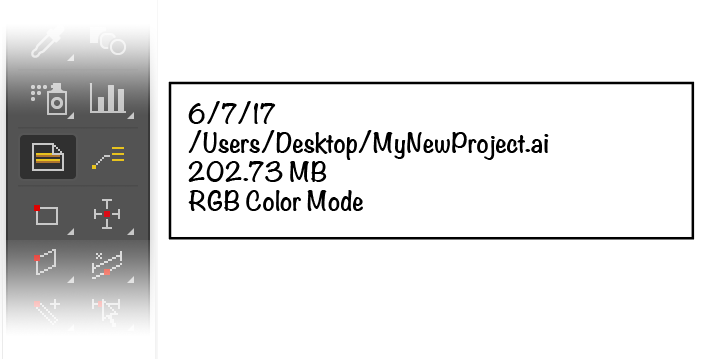

Some tools also support live screenshots or continuous video recording where an admin can check in live on an employee's machine or pull up the timestamped recording of a particular period of time.

#Reddit sniperspy software software#
Top 10 Best Free Keylogger Software to Monitor Keystrokes in Windows Depending on the employee monitoring tool, company admins can configure rules and settings to take screenshots at particular intervals, either once per hour, every 15 minutes, or even every 10 seconds or less. This all starts with screenshots and customizable employee screen recording options. It can even use automated logic such as keyword triggers and policy rules to let an admin know when employees do something they're not supposed to do. It can see into everything from what apps an employee has open to with whom they're chatting to what they're saying. Once an incognito agent is installed on a machine sometimes hidden in the Running Processes list under disguised names, the most powerful employee monitoring tools can act as an all-seeing eye.
#Reddit sniperspy software full#
As a result, you can see the full context of what employees were doing, when they were doing it, and a good indication as to why they were doing it. Some of the most powerful monitoring software we've tested can intake raw keystroke data-meaning, a timestamped mapping of what system keys users pressed at any given time-and cross-reference that against any of the other metrics or captured activity data collected.

Once you have granular data on how often employees are typing or interacting with their machine, it can be mapped against corresponding screenshots, activity logs, audit trails, and all of the deeper monitoring vectors we get into later to fill out a complete profile of employees' online activity. Logging keystrokes is essentially a baseline for employee activity. The other side of activity tracking is monitoring keystrokes. Often, employee monitoring tools will give you at-a-glance data visualizations such as a productivity bar that breaks down productive and unproductive app percentages, or lists and leaderboards that show active or inactive users or the most often used apps. You can drill down into the data using factors such as the most productive or unproductive employees, or compare team or departmental efficiency or productivity on specific projects. This activity data can also be aggregated on a macro level in real-time admin and manager dashboards as well as in detailed reports, slicing and dicing productivity metrics. For instance, a social media manager spending all of their time on Facebook and Twitter is core to their role whereas a sales manager spending many hours a day on Reddit should throw up a red flag. It's important to have customization and user grouping here because an app that's deemed productive for one job function may be considered unproductive for another. Administrators can sort applications into productive and unproductive app groups to break down productiveness across different teams, departments, or individual employees. On the lighter, less dystopian end of the spectrum, many employee monitoring tools are focused on tracking productivity. The software reviewed in this roundup ranges from time tracking players that add nifty monitoring features such as keystroke logging, location tracking, and screenshots to full-blown draconian monitoring platforms. Employee monitoring goes beyond the core time tracking functionality of tracking clock-ins and clock-outs or managing schedules and workloads.


 0 kommentar(er)
0 kommentar(er)
